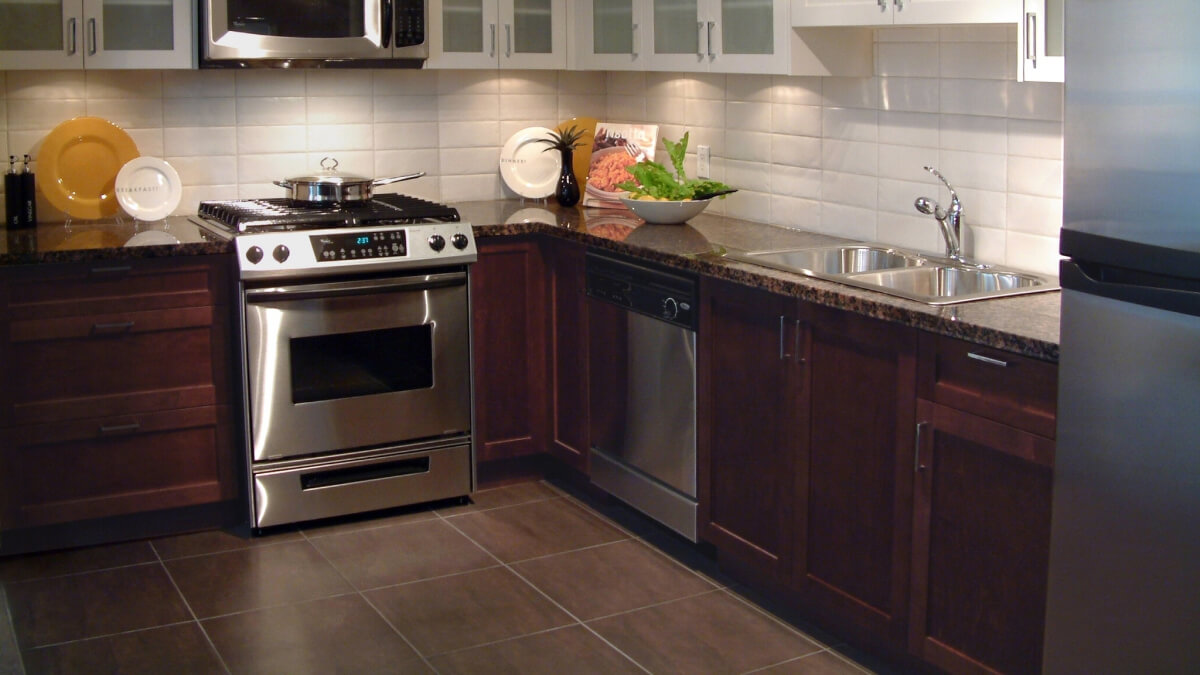Contents
Ceramic tiles are one of the most popular flooring materials for your kitchen. Many people love them for their classic, timeless design that can go with many different styles. But, if you’ve decided to install tiles in your kitchen, here are some pros and cons to consider before making your final decision.
What Ceramic Tiles are Made of
Ceramic tiles are both made from clay and fired in a kiln, which means they’re non-porous and won’t stain. They’re also relatively cheap and easy to install — so many people choose them because they’ll look good for years without the need to go through costly maintenance.
What You Should Know About Ceramic Tiles
Here are some things you should know about tiles before installing them in your kitchen. Here are just some of their strengths and weaknesses:
Pros:
- Durable and long-lasting flooring material that can last up to 50 years with proper care;
- Beautiful, timeless design that can go with many different styles;
- Easy to clean and maintain;
- Fairly affordable when compared to other flooring materials. And you can install them yourself in a relatively short period of time (compared to installing vinyl tiles).
Cons:
- If they’re installed wrong, they may become damaged and unsightly due to the high risk of moisture damage and the need for regular cleaning. This is especially important if you live in a humid environment with high levels of foot traffic, like a busy restaurant or commercial kitchen;
- Tarnish may build up on the surface after extended exposure to high levels of acidic foods like tomatoes and citrus, which can cause the surface to get scratched easily;
- The surface can be damaged from water damage if moisture penetrates into the tile’s structure;
- There is a possibility that the tiles could crack over time, especially if they’re installed incorrectly and exposed to high levels of moisture. So check with professionals for directions on how to install ceramic tiles and make sure you stay within their recommendations. (Find out about tile installation costs.)
Some have noted that their ceramic tiles have gotten noticeably dull over time compared with other flooring materials, such as laminate flooring or even carpet. This is because ceramic tiles absorb stains and grime, which can dull their appearance over time.
Ceramic and Porcelain Tiles: What’s the Difference?
Ceramic tiles are made from clay, while porcelain tiles are made from a mixture of natural clay, quartz and feldspar. Porcelain has become more popular in kitchens because it’s harder than ceramic tile, making it more scratch-resistant. It also has a glossier, less porous surface — which means it won’t dull over time and get stained like ceramic tile does. (Here are other differences between porcelain tile vs ceramic tile.
That being said, porcelain tiles are more expensive than ceramic tiles, so don’t expect to see them in homes and apartments. They’re mostly used in professional kitchens and commercial buildings.
How to Clean Ceramic Tiles
It’s important to make sure they’re cleaned regularly so they don’t become dull or damaged over time. To keep them looking nice and bright, sweep up any large dirt particles that get stuck in the grooves (using a small brush if you need). Then, use a natural stone cleaner or homemade mixture of equal parts water and vinegar and wipe with a rag, mop or microfiber cloth.
Cleaning with a natural stone cleaner or vinegar will help keep your ceramic tiles looking bright and clean.
The most important thing to remember is that your ceramic tiles need to be cleaned at least once a week, or twice if you have high foot traffic in the area — especially if you have acidic foods such as citrus or tomatoes, or other acidic liquids or particles on your flooring surface such as waxes and detergents that can damage the tile’s surface.
